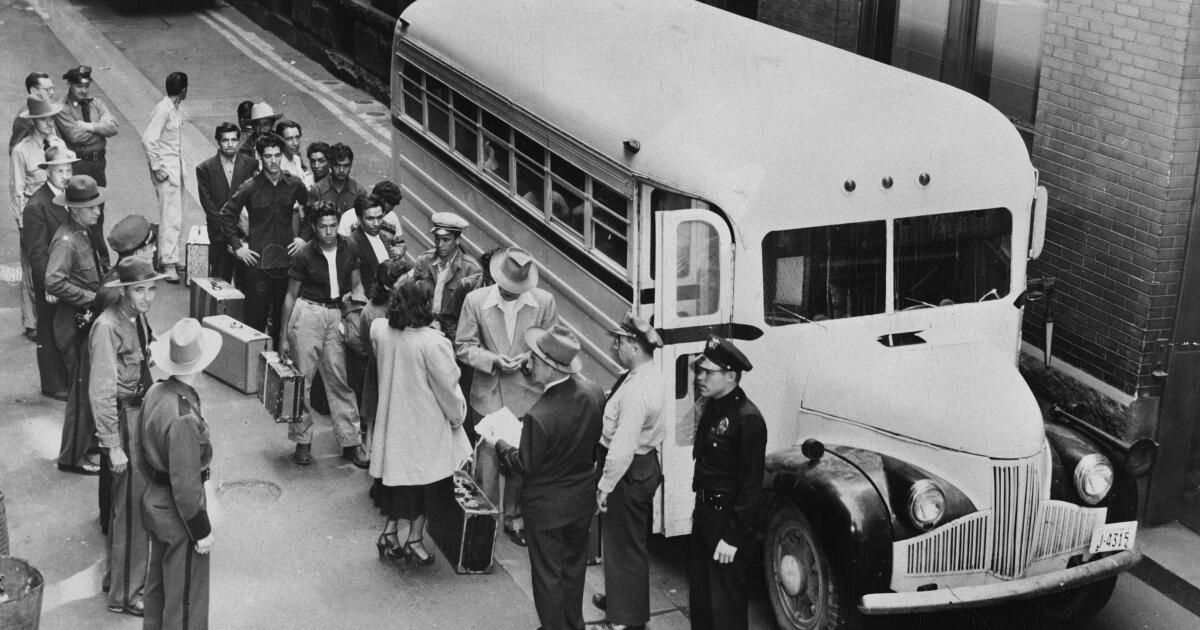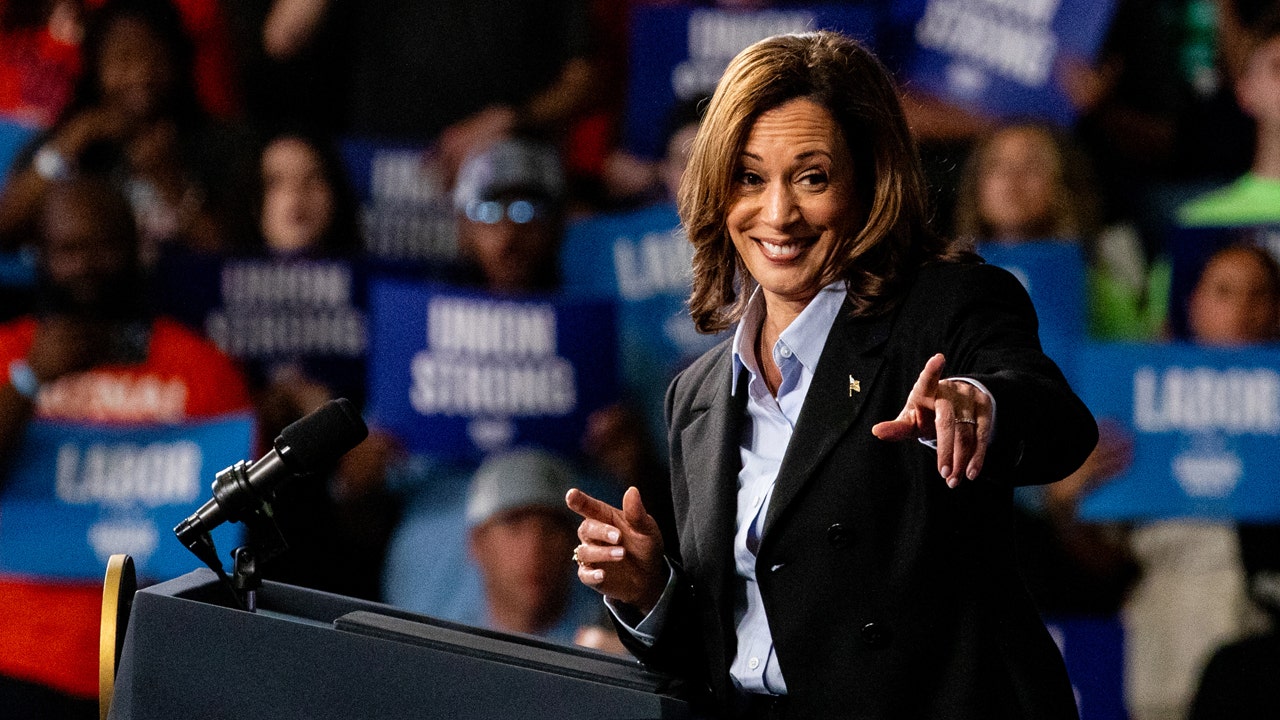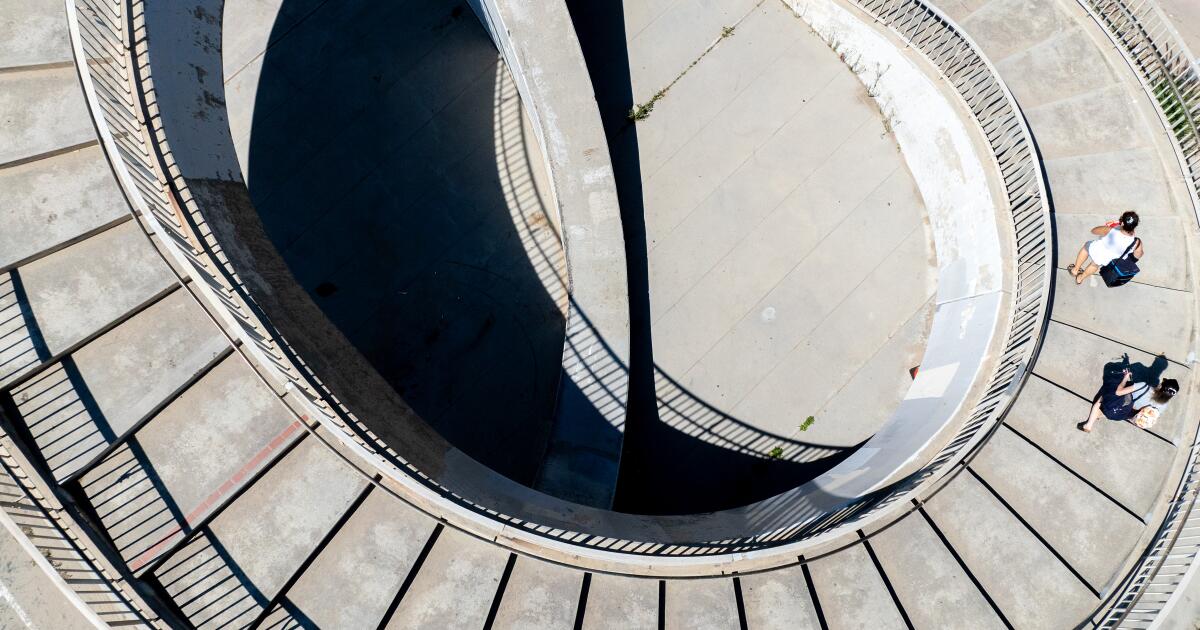As her junior year of high school was ending in 2023, Tamara Gisiger’s history teacher assigned the class a research project of their choosing.
Gisiger, then 17, focused on what she called an “underground, painful, dark part of history that just isn’t talked about”: the Mexican repatriation that took place in the 1930s amid the Great Depression.
The repatriation involved the deportation of 1 million people of Mexican descent, 60% of whom were U.S.-born citizens, and was one of the largest deportations in U.S. history, according to Gisiger, who lives in New York City.
The epicenter was in Los Angeles, where as many as 75,000 Mexican and Mexican-American immigrants were deported by train, often at Union Station, in one year, Gisiger, now 19, said in a telephone interview, reciting dates and numbers from memory.
Tamara Gisiger's research on Mexican repatriation could lead to a new statue in Los Angeles
(Tamara Gisiger)
Gisiger’s research has involved contact with descendants of those deported and ultimately led to a panel at the United Nations Hispanic Leadership Summit last December. It could soon lead to a new law in California to create a statue in memory of a part of history that politicians, academics and community leaders say is at risk of happening again.
“It is so important that [the bill] “This is happening now,” said Gisiger, who is of Mexican and Swiss descent. “Next year will be the 95th anniversary of the beginning of Mexican repatriation… Hopefully the statue and educating people can prevent history from repeating itself.”
The bill, which is set for a hearing Wednesday, was authored by Sens. Josh Becker (D-Menlo Park) and Lena Gonzalez (D-Long Beach), who were moved to commemorate the lives affected by repatriation.
Becker said she met with Gisiger and her family and discovered, in reading her research paper, how much she didn't know about that time in history. She also mentioned Gonzalez, who said she also didn't learn much about repatriation while attending public school in California.
Gonzalez, whose mother is a Mexican immigrant, said the statue is important to combat “the political rhetoric that basically tries to reclaim that history.”
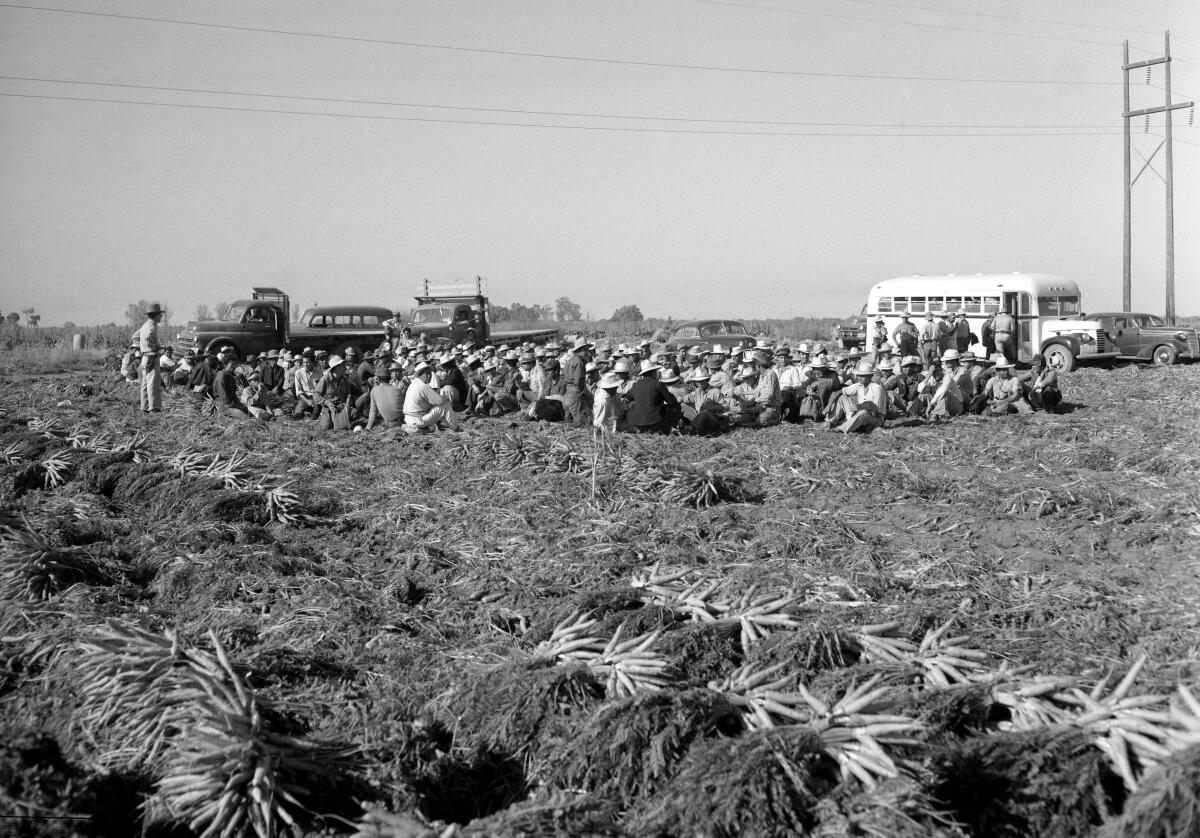
Farm workers of Mexican descent await deportation in 1950 in California.
(Los Angeles Times)
“Let's be very clear: [Former President] “Trump has promised mass deportations in this election cycle, including mass deportations of people who have American children,” Gonzalez said. “He’s bringing back this generational trauma that many of us have let go of.”
Trump has put immigration fears at the heart of his campaign, suggesting using the National Guard to deport 15 million to 20 million people. He has said he intends to launch “the largest mass deportation in the history of our country.”
Republican Assemblyman Tom Lackey of Palmdale said that while he supports the bill, he felt it was a “very unfair characterization” to compare repatriation to current immigration.
“The issue of illegal immigration is a very emotive issue,” Lackey said. “I think the way people were sent back and the way they did it back then is very different. Those people didn’t break any rules or laws by being here.”
Lackey described the memorial as an opportunity to show how “this country has made mistakes in its development.”
“I think it is very, very healthy to acknowledge bad decisions and things that were done that should not have been done so as not to repeat them,” he said.
The statue planning process would involve creating a nonprofit to oversee fundraising and development of a monument in Los Angeles, which supporters hope would be ready in time for the 2026 World Cup or the 2028 Olympics. The cost has not yet been determined, but supporters of the bill say it would be funded by private donations rather than state dollars.
“The fact that there are some major events coming up is important because, again, the point of this is for people to learn about this part of history, to acknowledge this part of our history, because that’s the only way we can try to make sure it doesn’t happen again,” Becker said.
As for location, Gisiger envisions the memorial being located at Union Station or in a green space near Olvera Street. There is no stage design for the memorial, but Gisiger hopes it could be carved by a Mexican sculptor and show how families were separated due to mass deportations by train.
“Through the statue, we should be able to give respect, courage and honor to all the Mexican-American families who need to hear that their family sacrifices were worth it,” he said.
There have been efforts (and lawsuits) in the past to address the impact of repatriation in California. One of the most recent attempts came in 2005, when California issued a formal apology and required a plaque to be erected in Los Angeles. The plaque was unveiled in February 2012 near the Plaza de Cultura y Artes.
But the statue that would be created from Becker and Gonzalez’s bill could make for a more grounded tribute and become an act of restorative justice, according to Kevin Johnson, dean of the UC Davis law school and professor of public interest law.
“It could also help educate the community about what happened and how it affected people at a time when they could relate,” Johnson said.
Martin Cabrera's late grandfather, Emilio Cabrera, who was born in Wilmington, didn't dwell too much on the day he was deported in 1931, when he was about 12. He was expelled by train but was later able to return to the U.S.
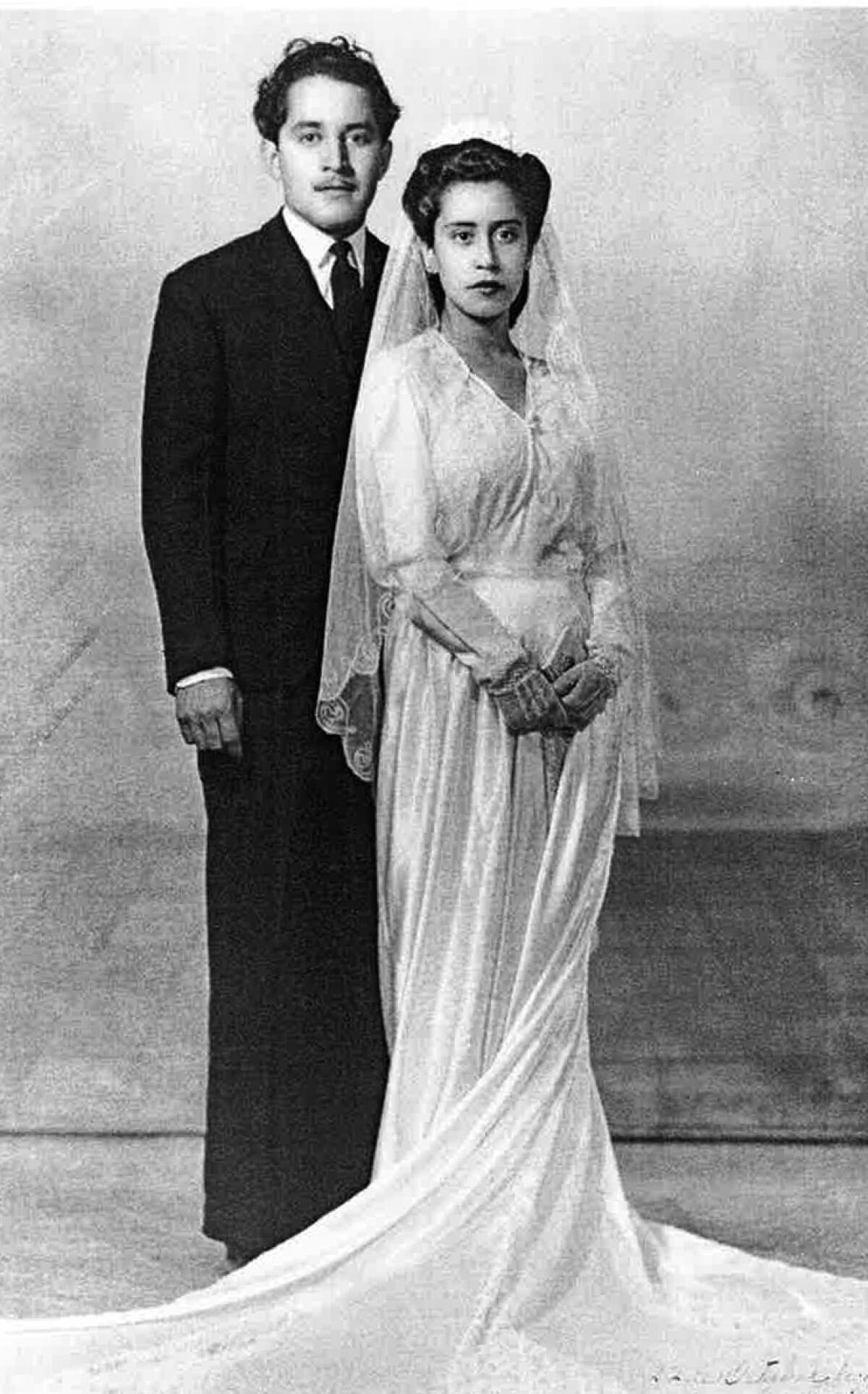
Emilio Cabrera and his wife Maria Asuncion in 1934. Although he was an American citizen, Cabrera was deported to Mexico at age 12 but later returned.
(Family photo)
“I couldn’t understand it as a person growing up: how can they deport him if he was born in the United States? But that was what was happening at the time. There were a lot of comments saying that Mexicans were taking all the jobs,” Cabrera said from his office in Chicago.
Emilio, who died in 2005, refrained from contemplating the past because, for him, there was too much work to do, his grandson said.
“It was something that happened, and you deal with it and keep working,” Cabrera said. “And that’s what he instilled in us: the ethic of hard work. There are always challenges in life.”
Cabrera hopes the statue contains an encouraging message, perhaps one that can pay tribute to the resilience of the Latino community in light of his grandfather’s legacy.
“That is, in my opinion, the key message: there are no limits to what we can do,” he said.

